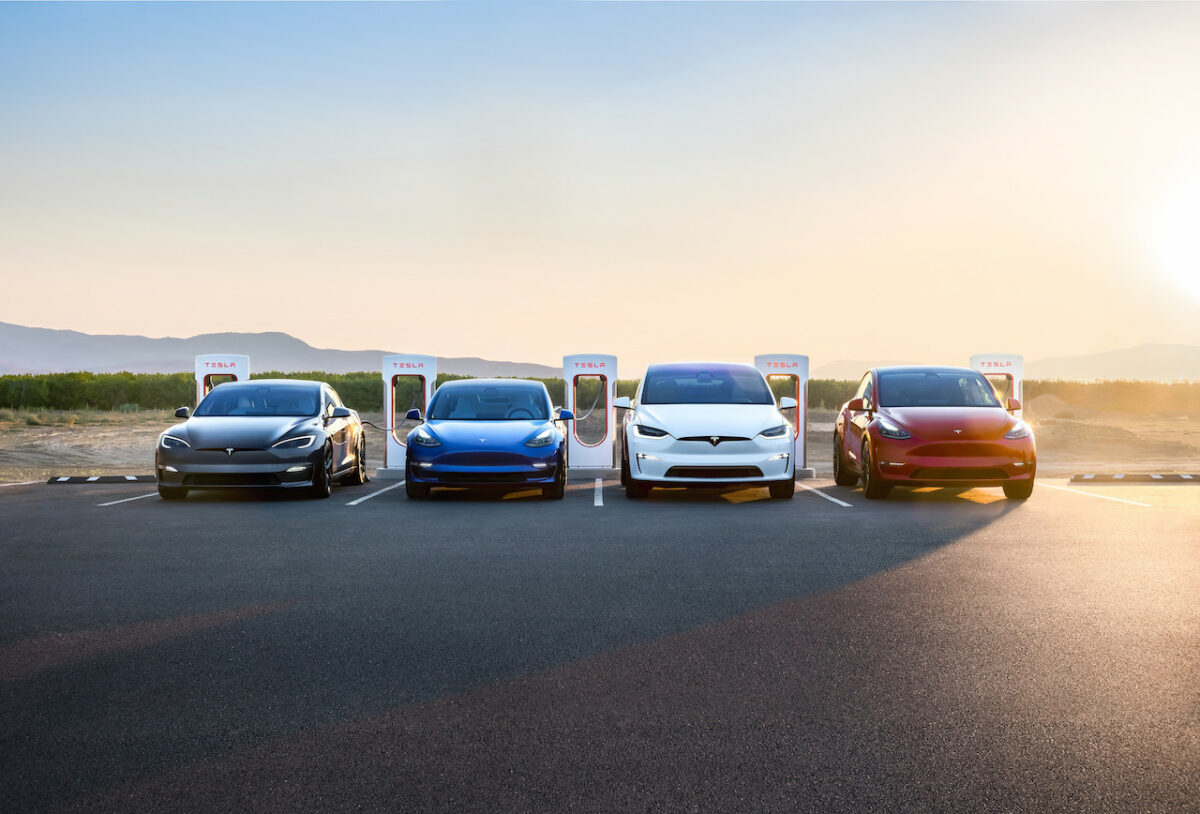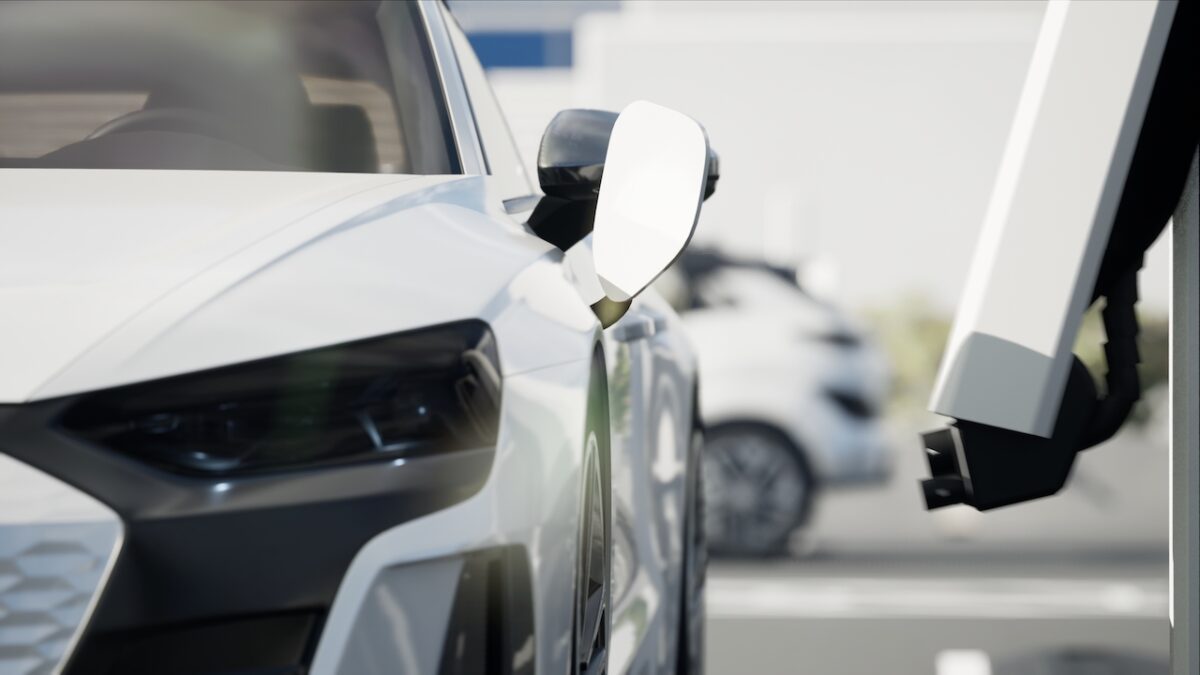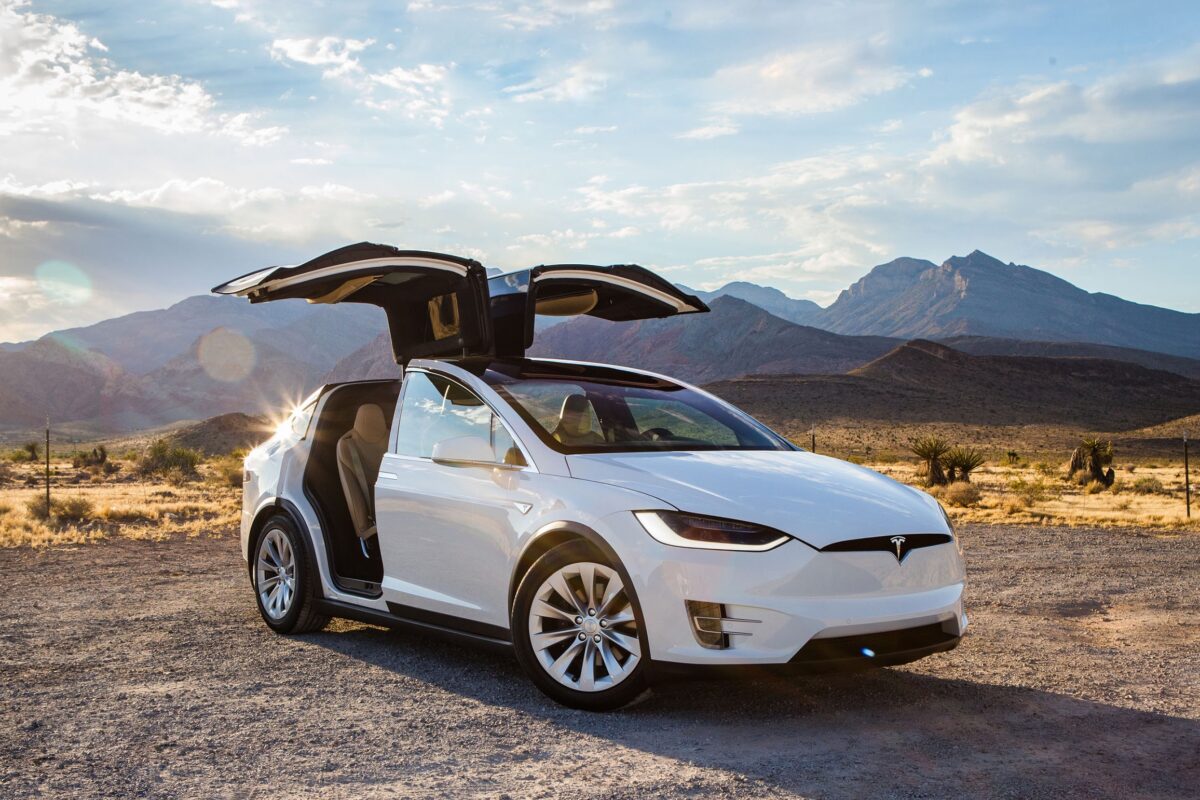The city is changing. As populations swell city authorities are attempting to cut back on congestion and emissions amidst rising levels of private vehicle ownership. It’s a vicious cycle and one that without technology cannot be solved easily. Thankfully, there are innovators in the automotive industry which are eager to benefit from this.
“We are moving from transportation as an asset to mobility as a service (MaaS),” said Paul Asel, Managing Partner, NGP Capital. “From 1974 to 2007, car ownership doubled in the US with 84% of people now owning cars. But that American dream has turned into a nightmare in many American cities in that car ownership has become expensive.”
As Asel detailed at M:bility | California, a two-day event hosted by Automotive World, an excellent example of how the scene has changed can be found in mountaineer Stacey Allison’s career. “Stacey Allison was the first American to climb Mount Everest,” explained Asel. “She was sponsored by Ford and when she stopped climbing Ford offered her a free car but she said she could not accept it because it was too expensive. How does that work?”
All of a sudden, sidewalks have become one of the most precious commodities in cities, and authorities are grappling with how to manage it
The truth is that the associated costs of car ownership are rising rapidly. In the average American city, it can cost US$7,000 a year to keep a car running. In San Francisco and New York City, that figure increases to US$12,000 and US$15,000 respectively. “That’s very expensive for something that sits idle 96% of the time,” added Asel.
This cost can be attributed to numerous factors, but one key factor is city design. In the average US city, 25% of land is dedicated solely to parking. This also hits building costs, with new developments costing up to 50% more due to the parking infrastructure required to cater for the US market.
“Compare that to European cities, which have been designed around public transportation,” continued Asel. “In Berlin and Paris, twice the number of people commute by walking and by bicycle than in the US. On average, 20 to 30% of people are travelling by car, whereas over 50% across US cities are.” This greater number of vehicles means US commuters will spend 30 to 60 minutes extra in a car per day than a European commuter on average, spending more money and creating more emissions. Clearly, change is needed.
Avoid the Wild West mentality
How change can be instigated, however, is not as simple as developing new products and platforms. Offerings such as ride-hailing and micromobility may give consumers more choice, but adopting these systems haphazardly can be a slippery slope.
In the average American city, it can cost US$7,000 a year to keep a car running. In San Francisco and New York City, that figure increases to US$12,000 and US$15,000 respectively
“What’s interesting about ride-hailing is that Uber and Lyft, according to a study by UC Davis, are not cannibalising taxis,” said Asel. “They’re adding a new form of transportation that has increased traffic in places such as Seattle and San Francisco by 20 to 35%. On the one hand, ride-hailing is convenient, on the other it is impacting everyone else by adding to congestion.”
As autonomy becomes more commonplace, there is also no guarantee that a driverless mobility network will solve this problem either. As John McNelis, Chair, Autonomous Transportation and Shared Mobility Practice, Fenwick & West, explained, the freedom these vehicles could provide may make roads even less efficient.
“It is hard to gauge how private autonomous vehicles are going to affect things, so recently a study was done which gave various groups of people in San Francisco a chauffeur for a week,” he explained. “They then compared the miles travelled during that week to similar periods before and afterwards. The number of miles travelled increased by 83% when they had that chauffeur. For some groups, and particularly retirees, it more than doubled.”
On the one hand, ride-hailing is convenient, on the other it is impacting everyone else by adding to congestion
Those numbers do not make for happy reading, but it is not necessarily all doom and gloom. Each city’s mobility issues are unique. “Cities need to ask themselves how they want to change,” said Ethan Sorrelgreen, Chief Product Officer, Carmera. “Maybe it is not a bad thing that retiree vehicle mileage goes up as going out and getting around is a healthy thing for them to do. What cities need to decide is whether that usage is a good thing? What do they want to optimise for? Is it lower carbon footprint? Providing mobility services for everyone? Faster mobility? There are many different ways a city can try to optimise.”
Data sharing
Here, private and public sector collaboration can play a key role. For cities to understand what new mobility offerings will best suit their needs, data-sharing is a vital component.
An excellent example can be seen in San Francisco. In 2018, scooter company Bird launched its micromobility service in the city without regulatory approval. The city responded by evicting the company from its streets. However, after recognising the consumer interest in such a service, it set-up an official tender for scooter companies to bid for. Such an approach can help cities adopt new products without hampering existing mass transit systems and annoying pedestrians.
“On the micromobility side you see cities pumping the brakes and at first banning new companies, but then trying to bring in companies to work with them and carry out pilots, tests and study the data to expand in a more reasoned and intentional way,” said McNelis. “The cities are very interested in trying to get ahead of the huge change we’re going to see over the next five to 15 years. The key element they’re focused on is that public transit continues to be used.”
Cities need to ask themselves how they want to change
“All of a sudden, sidewalks have become one of the most precious commodities in cities, and authorities are grappling with how to manage it,” added Nithin Rao, Co-Founder and Head of Product, Autonomic. “In the short term, it is vital that we manage our sidewalks and figure out a long-term plan to ensure that they are safe for drop-offs and pedestrians.”
Done correctly, cities can use new tech to effectively complement, not compete with, traditional mobility networks. In Minneapolis, for example, a study found that placing shared bikes at rail stations increased rail ridership by 25%. Getting the right regulatory environment could be make or break.
“It depends on how a city wants to develop moving forward in terms of how much governing power they have,” Sean Zhu, Co-Founder of PixMoving, a company focused on building multi-functional Level 4 autonomous pods. “When China decides it wants to move forward on something there is nothing that is going to stop it from doing so. Here in the US or Europe, there are many regulations that could slow that change down.”



